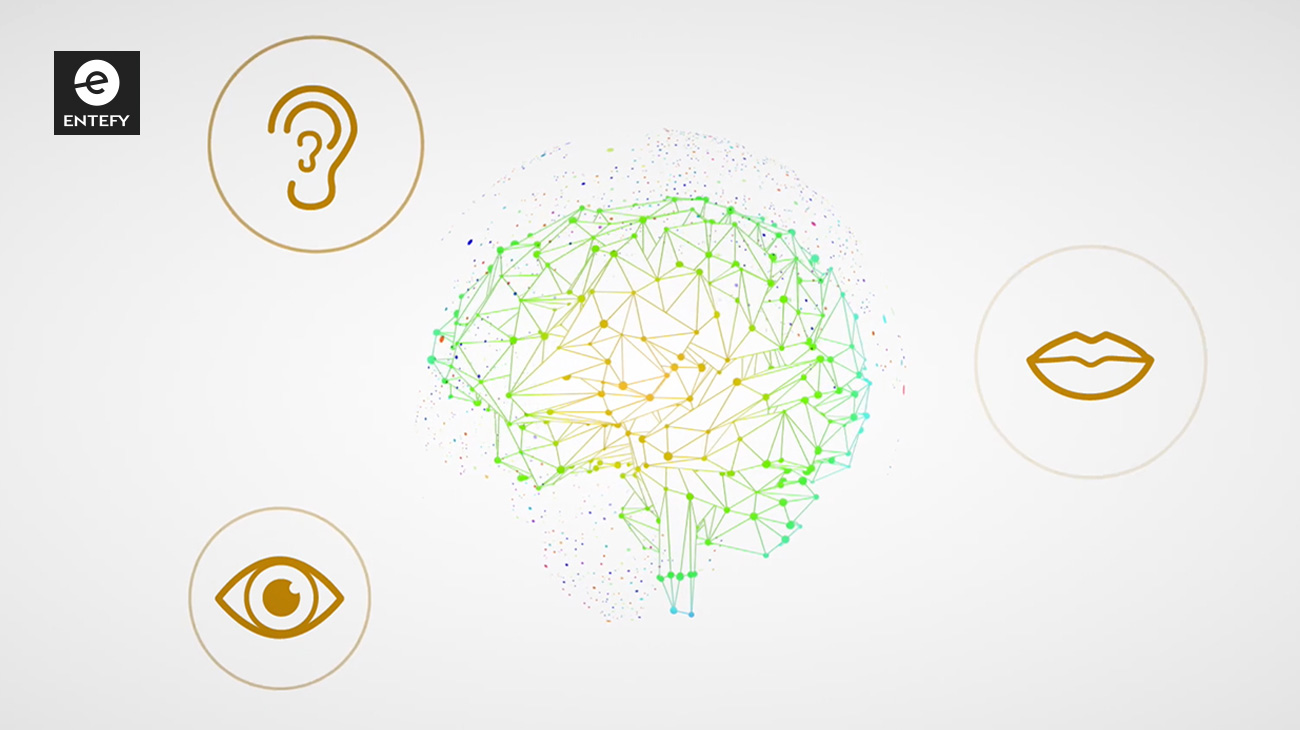Back in 1955, when the term “artificial intelligence” was first coined by John MacCarthy, the promise of thinking machines as intelligent as human beings was only a generation away. It wasn’t long though before scientists and engineers realized that true machine intelligence was in fact much more complex than originally anticipated and that it would take many more years to materialize.
Decades later with many new innovations in the field, the AI community is once again enthusiastic about all the recent advances and the potential of artificial intelligence. Today, while there may be a debate as to what is real AI or what differentiates one technique or technology from another, it’s clear that there is a growing fervor around this field and its potential for impact in our society.
In this video, Entefy’s Vice President of AI/Machine Learning Engineering, Arnulf Graf, PhD, provides a brief introduction to the emerging area of multimodal AI and the major benefits that can be derived from it.
Unimodal systems (such as those which can separately analyze bodies of text, audio files, or images) can provide great value for select tasks and use cases, however they can lack the breadth necessary to truly generalize and seamlessly scale across domains and topics. This ability to generalize and contextualize learning outside of a narrow domain is something people do exceedingly well, but remains largely elusive to machines. Machines capable of human level cognition may still be a few years out, but it’s clear that mastering multimodal machine learning is a critical step in that journey.
At Entefy, we’re focused on applying advanced multimodal AI to everyday processes and workflows, saving time, increasing productivity, and improving security for people and organizations everywhere.
To learn more about Entefy’s multimodal AI, read our previous post. For other key AI terms and definitions, see our Helpful AI terms for today’s business professional.
